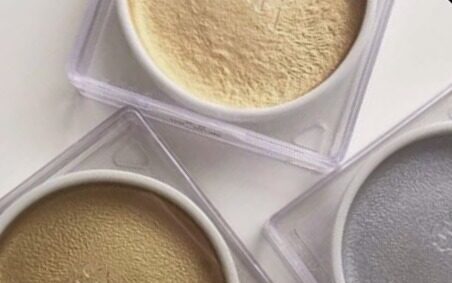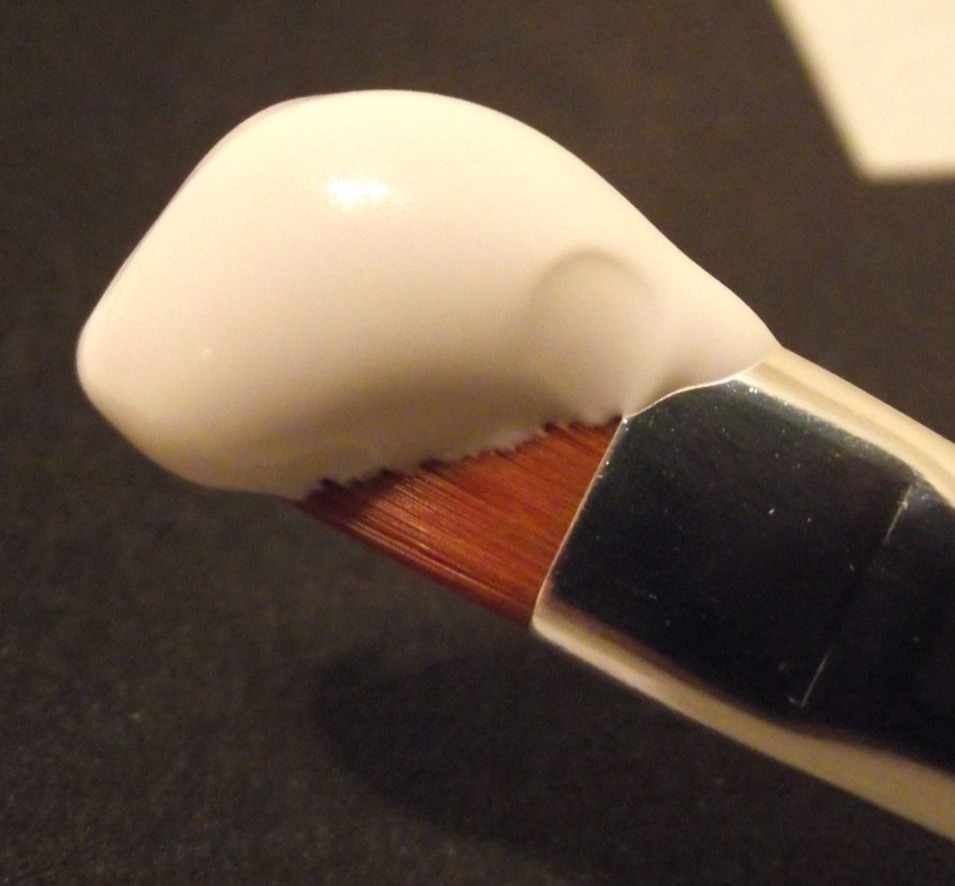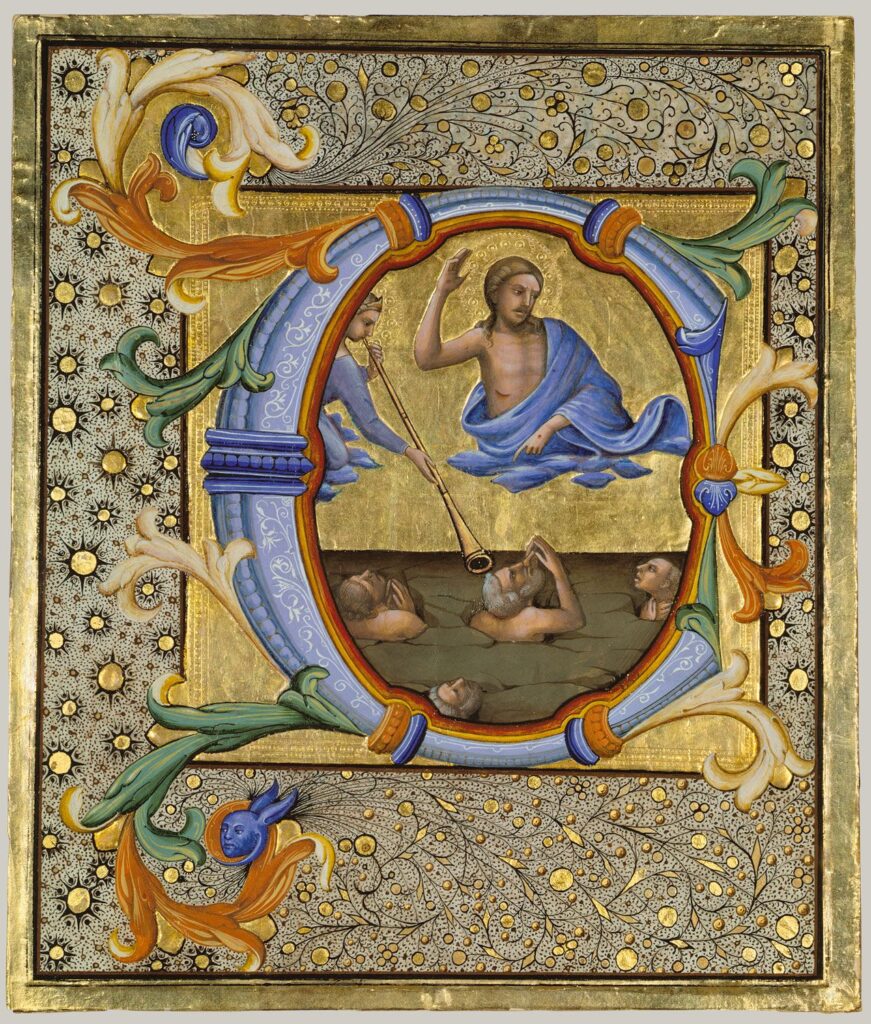Many medieval illuminations use real gold and silver in either sheet gilding or shell gold. Consider using white gold instead of silver due to the tarnishing nature of silver.
Sheet gold is a 4×4 square that comes in two options: loose leaf and patent. Loose leaf is, as the name suggests, loose, whereas patent gold uses a mild adhesive to stick the gold to glassine paper. Pros and cons of each are that looseleaf can blow around in the air when transferring to the support, whereas patent leaf might be slightly less shiny due to the adhesive but less likely to blow around.


Shell gold is real gold flakes ground to a fine powder and mixed with gum arabic to form a paint. A less expensive alternative to using real gold is using a form of mica gold or fool’s gold.
Also, metallic gouache comes in gold and silver as well. It is easier to work with a high quality professional grade gouache when dealing with gold and silver.

Determine wherein the sketch gold is to be applied and decide which type of gold you want to use. If using shell gold or gouache, paint areas indicated. Often people find using a base layer of red (warm) or yellow (cool) underneath the gold paint makes it pop more and blocks the color of the substrate/paper from shining through the gold.
If gilding, paint the areas indicated with a form of adhesive to the areas indicated by the sketch. Good options for adhesive are boiled stout, garlic, glair (egg whites), and gesso. Gesso is a good option if the design calls for raised gilding.
- Boiled Stout is made by reducing stout to a substance similar in consistency to molasses
- Garlic oil is pressed from chopped garlic cloves using a cheesecloth.
- Glair is the clear yellowish liquid left after whipping egg whites into a froth which draws out all the protein. Drain this glair into a jar. Discard the froth.
- Gesso can be store bought from retailers like Johnnealbooks.com or it can be made following this legacy recipe by Maitresse Yvianne de Castel d’Avignon, OL at http://www.angelfire.com/pa/allthat2/scriptorium/gesso.html

Recipe for Raised Gesso
- 1 Tablespoon – slaked plaster (neutralized Plaster of Paris, chalk, or calcium carbonate)
- 1 teaspoon – hide glue liquid (woodworking glue)
- coloring agent – bole, red or yellow ochre, watercolor, or gouache
- 6-12 drops of warm honey
Measure out the slaked plaster and place it in a bowl. Mix all of the remaining ingredients together in another bowl. Add the wet ingredients into the slaked plaster and mix thoroughly. You should have something similar to a pancake batter. You can add more water if you need to. The only adverse effect of adding too much water is the gesso will take longer to evaporate to a usable consistency. Use a mortar and pestle or a muller if necessary to get all of the lumps out. This recipe can easily be multiplied to make larger batches.
Once the adhesive of choice is applied to the substrate, let dry. Re-hydrate adhesive slightly by blowing gently across the adhesive with breath from the back of your throat, making a deep “haaaaaa.” A straw can be used to target the breath to a specific area. Be careful of water droplets when using a straw.
When the adhesive is slightly tacky to the touch apply the gold directly onto the adhesive. Sometimes multiple layers of gold may be needed to get the desired effect. After the gold is applied burnish with firm pressure using glassine and a smooth stone or an agate burnished.
Look at the exemplar as closely as possible because many times there are tiny designs pressed into the gold. If this is the case in your exemplar, recreate the pattern in your gold. It’s a detail that really shows how closely the exemplar is being followed and makes the gold pop.

Sheet gold and Agate burnishers can be purchased at LA Gold. (https://www.lagoldleafus.com/product-category/genuine-gold-silver-leaf/?gclid=CjwKCAjw1_PqBRBIEiwA71rmtc1ntyLMffRHseC63CE9AIoO-o4G-ejDrDx3ckWusJZcC1OLNDeh0hoC7XMQAvD_BwE)
